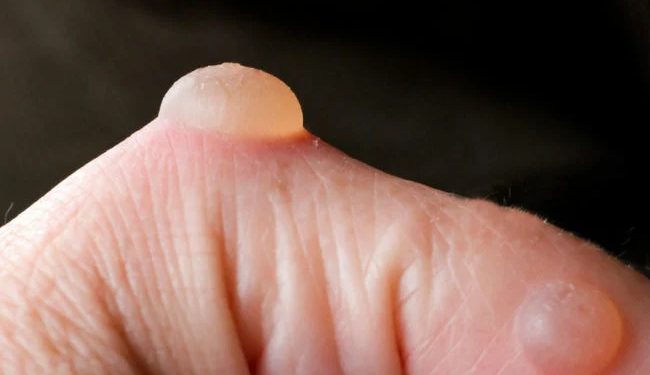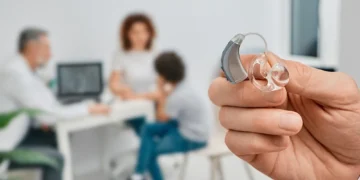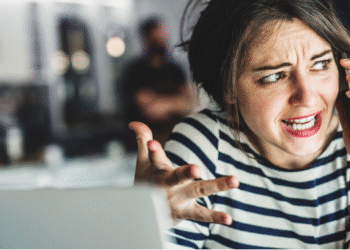In the vast world of dermatology, there exists a term that may not be as familiar to everyone as acne or psoriasis, but is equally significant: Blisterata. This comprehensive guide aims to demystify Blisterata, exploring its causes, symptoms, treatment options, and more. So, let’s dive into the intriguing realm of Blisterata!
Table of Contents
Understanding Blisterata
Blisterata is a dermatological condition characterized by the formation of blisters on the skin. These blisters can vary in size, from small vesicles to large bullae, and they are typically filled with a clear fluid known as serum. While Blisterata may not be as common as other skin conditions, it can have a significant impact on a person’s quality of life.
What Causes Blisterata?
The exact cause of Blisterata can vary from person to person, but some common factors include:
- Friction and Pressure: Continuous friction or pressure on the skin can lead to the development of blisters. This often occurs in athletes or individuals who wear ill-fitting shoes.
- Burns: Thermal or chemical burns can damage the skin, resulting in blister formation.
- Infections: Certain bacterial or viral infections can cause blisters as a symptom. Herpes simplex virus, for example, can lead to cold sores, which are a type of blister.
Symptoms of Blisterata
Recognizing Blisterata is crucial for early intervention. Here are some common symptoms to watch out for:
- Blisters: The primary symptom is, of course, the presence of blisters on the skin.
- Pain: Blisters can be painful, especially when they burst open.
- Itching: Some individuals may experience itching in the affected area.
- Redness and Swelling: The skin around the blisters may become red and swollen.
Diagnosing Blisterata
If you suspect you have Blisterata, it’s essential to consult a dermatologist. They will typically diagnose the condition through a physical examination and, in some cases, may take a sample of the blister fluid for further analysis.
Treating Blisterata
Treatment for Blisterata depends on its underlying cause and severity. Here are some common approaches:
- 1. Protection and Rest
If the blisters are caused by friction or pressure, it’s crucial to protect the affected area and allow it to heal naturally. This may involve changing footwear or using protective padding.
- 2. Medications
For blisters caused by infections, such as herpes, antiviral medications can be prescribed to speed up the healing process and manage symptoms.
- 3. Drainage
In some cases, large blisters may need to be drained by a healthcare professional to relieve pain and prevent infection.
- 4. Avoiding Irritants
If certain chemicals or allergens trigger Blisterata, it’s essential to identify and avoid them to prevent recurrent blisters.
Preventing Blisterata
Prevention is often the best strategy when it comes to Blisterata. Here are some tips to minimize your risk:
- Wear Proper Footwear: Choose comfortable, well-fitting shoes to reduce the risk of blisters on your feet.
- Keep Skin Dry: Moisture can contribute to blister formation, so keeping your skin dry is essential.
- Protect Against Burns: Take precautions to prevent burns, such as using sunscreen and handling hot objects with care.
Conclusion
In conclusion, Blisterata may not be as well-known as other skin conditions, but it can be a significant concern for those who experience it. Understanding its causes, symptoms, and treatment options is vital for effectively managing and preventing Blisterata. By following the advice in this guide, you can take steps to protect your skin and minimize the impact of this condition on your life.
FAQs
- 1. Can Blisterata be cured completely?
Blisterata can often be managed effectively with the right treatment and preventive measures, but a complete cure may not always be possible, especially if the underlying cause is a chronic condition.
- 2. Are there any natural remedies for Blisterata?
While natural remedies like aloe vera and calendula ointment can provide relief, it’s essential to consult a healthcare professional for a proper diagnosis and treatment plan.
- 3. Can Blisterata be a sign of a more serious health condition?
In some cases, recurrent or severe Blisterata may be a symptom of an underlying health issue. It’s crucial to seek medical advice if you have concerns.
- 4. How long does it take for blisters from Blisterata to heal?
The healing time for blisters can vary depending on their size and cause. In general, smaller blisters may heal within a few days to a week, while larger ones may take longer.
- 5. Can I pop a blister caused by Blisterata at home?
It’s generally not recommended to pop blisters at home, as it can increase the risk of infection. If you believe drainage is necessary, consult a healthcare professional for safe and sterile removal.


 Home
Home










